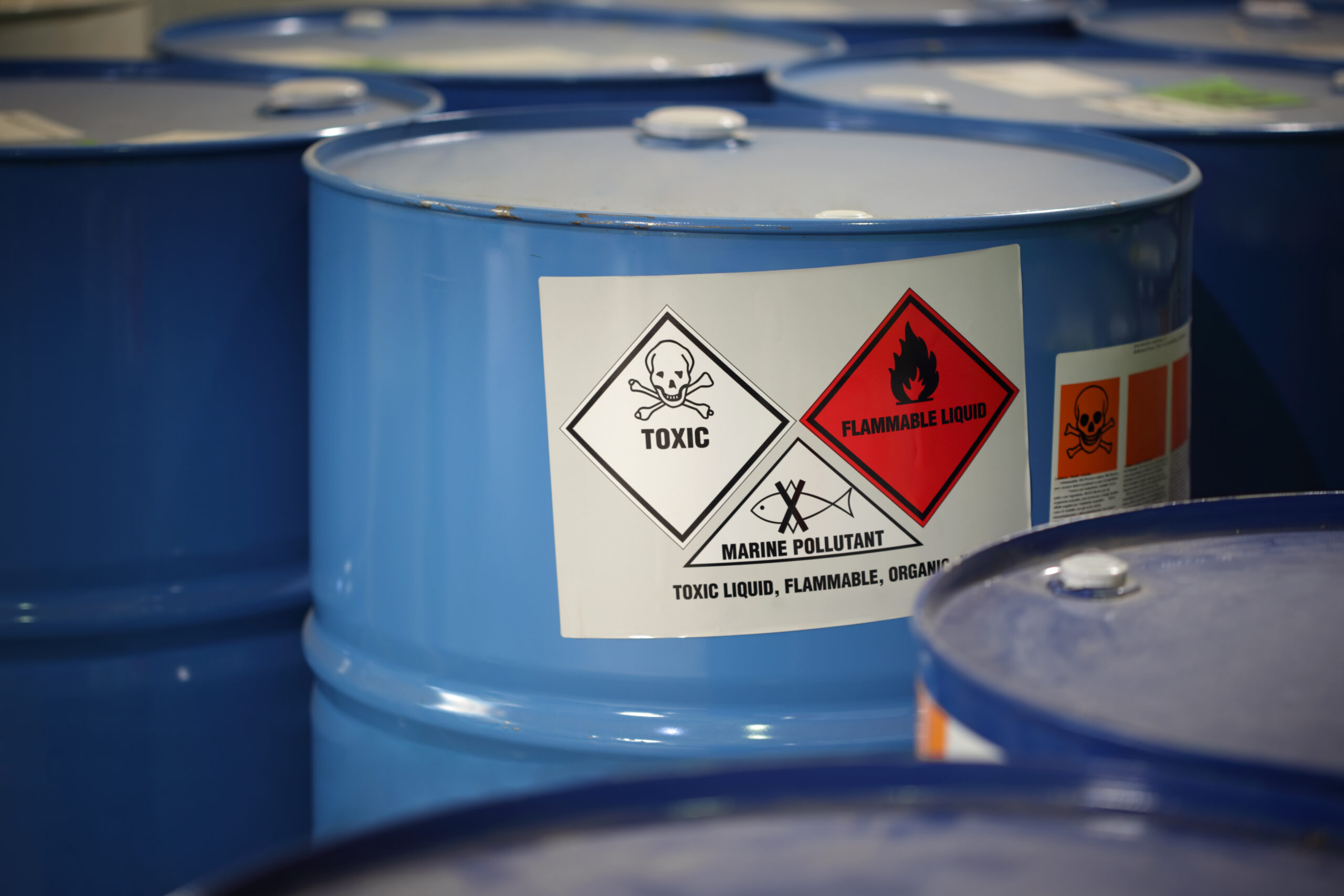New Jersey Risk Management Plan
The TCPA rule implements the EPA rule 40 CFR 65 to improve chemical accident prevention at facilities. The RMP rule requires facilities that use extraordinarily hazardous substances to develop a Risk Management Plan.
Each facility’s Risk Management Plan should address these areas:
- Registration of process and substances;
- Hazard assessment that details the potential effects of an accidental release, an accident history of the last five years, and an evaluation of worst-case and alternative accidental releases;
- Prevention program that includes safety precautions and maintenance, monitoring, and employee training measures;
- Emergency response program that spells out emergency health care, employee training measures and procedures for informing the public and response agencies (e.g the fire department) should an accident occur; and
- An executive summary of the facility’s Risk Management Program.
Note: Facilities in New Jersey that have both federally listed and state-only listed chemicals in more than threshold quantities must fill out two RMPs: one to be sent to USEPA and one to be sent to NJDEP. The RMP to be sent to USEPA should include only information relating to federally listed chemicals (this applies to chemicals and threshold quantities specified at 40 CFR 68.130). The RMP sent to NJDEP should include information on both federally regulated and state-only regulated chemicals since both are subject to the TCPA rules and are equally enforced since USEPA delegates implementation of the federal accidental release prevention program to NJDEP. To submit the Federal RMP, go to USEPA’s How to Submit a Risk Management Plan page.

| Instructions |
| eNJRMP User’s Instruction Manual |
| NJ RMP Seminar |
| NJDEP Online Account Registration Training Video #1 |
| Using eNJRMP Training Video #2 |
| Forms | Last Updated |
| TCPA ID Number Request Form for a New Facility in New Jersey | February 2024 |
| TCPA Facility FSA Request Form *Submit via email to: tcpa@njdepwptest.net, with "TCPA FSA Form" in the email subject line. | February 2024 |
| NJ RMP De-registration Form | February 2024 |
Instructions for Resubmitting, Correcting or De-registering NJ RMP
NJRMPs must be updated at least once every five years. You must use eNJRMP to resubmit your NJRMP.
You must fully update your NJRMP for resubmission sooner than the five-year anniversary date, if any of the changes specified below occur [as specified in 40 CFR 68.190(b) incorporated by reference with changes at N.J.A.C. 7:31-7.1(c)5 and 11].
- If a change alters the Program Level that applies to any covered process, the RMP must be resubmitted within six months of that change.
- If a change requires a revised Off-site Consequence Analysis, the RMP must be resubmitted within six months of that change.
- If a change requires a revised process hazard analysis, the RMP must be resubmitted within six months of that change.
- If a new regulated substance is present above the threshold quantity in an already covered process, the RMP must be resubmitted on the date which the new substance is present.
- If a regulated substance is present above the threshold quantity in a new process, the RMP must be resubmitted on the date which the substance is present above the threshold quantity.
- If USEPA begins regulating a new substance, the RMP must be resubmitted within three years of the date the substance is first listed by USEPA.
Resubmissions reset the five-year anniversary date by which you must next update your NJRMP. To resubmit, you must update all nine sections of your NJRMP.
Correcting an RMP refers to changing only a part of an existing NJRMP, such as changing a contact name or revising only a certain section. Corrections do not generate a new anniversary date.
Facilities which have completed RMPs in the NJRMP system can make administrative corrections online.
Changes may occur at your facility that make it no longer subject to the TCPA regulations at N.J.A.C. 7:31 (e.g. you replace the regulated substances in your process with unregulated substances). In that event, you should submit a NJRMP de-registration form to the NJDEP as soon as possible and include the effective date of de-registration (the date on which your facility was no longer covered by the TCPA regulation). The form should be signed by the owner or operator and include your TCPA ID number (the 4-digit ID number assigned by TCPA).
You should keep a record of your TCPA ID# upon de-registering.
If you de-register your facility and it later becomes subject to the TCPA regulations again, you will need to resubmit your NJRMP and comply with the requirements of N.J.A.C. 7:31-4.11. You must use the original TCPA ID# to resubmit.
RMPs for de-registered facilities are retained in the NJRMP database.
Contact Us to ask a question, provide feedback, or report a problem.
 OFFICIAL SITE OF THE STATE OF NEW JERSEY
OFFICIAL SITE OF THE STATE OF NEW JERSEY